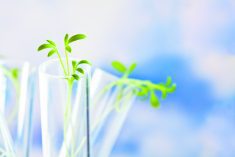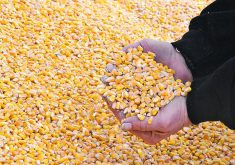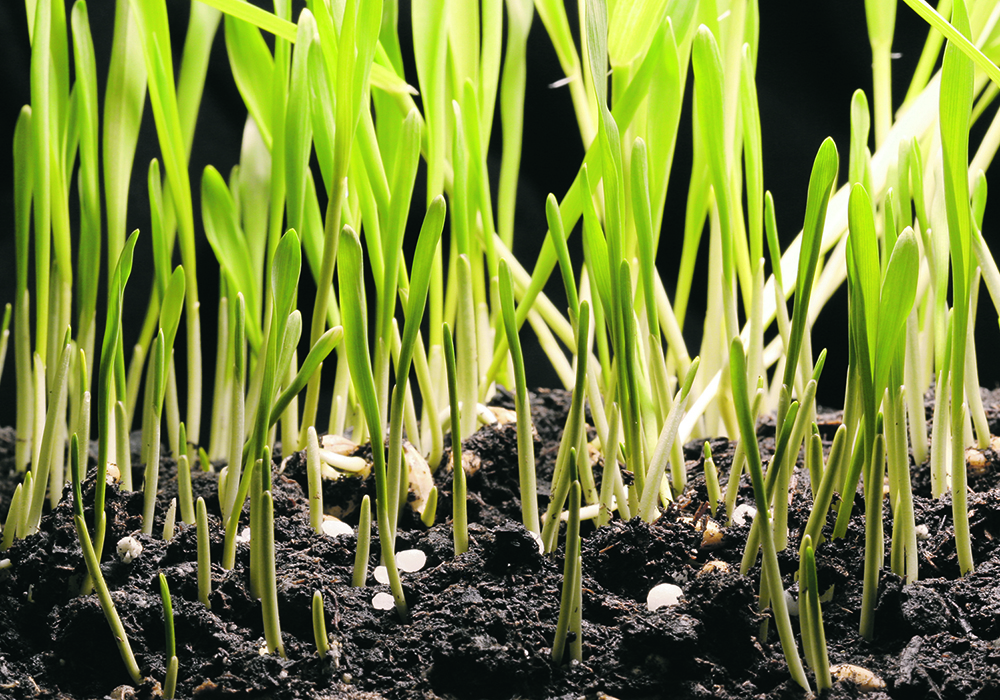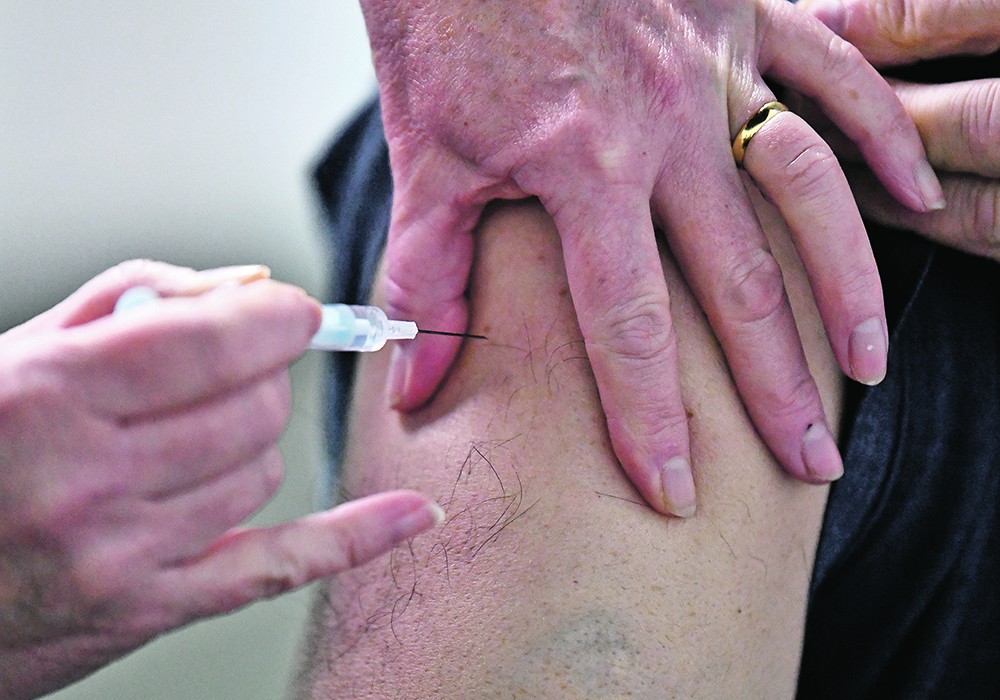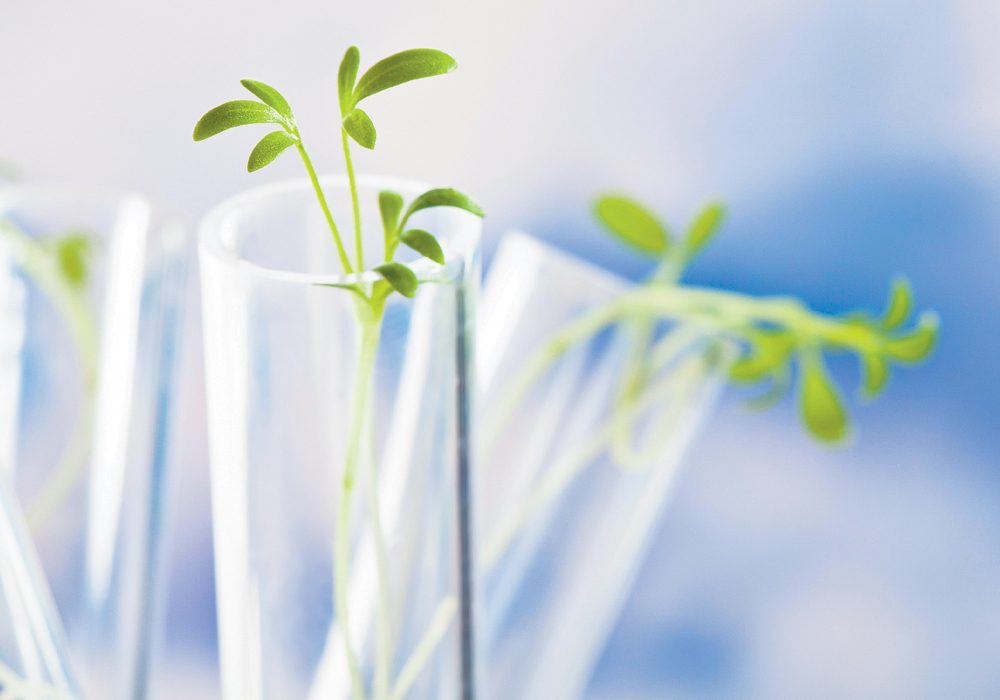Efforts to achieve sustainability through crop science, in particular through the genome editing technique called CRISPR, proved to be a key theme at a recent conference in Italy
The ICABR conference, held June 4-7 in Ravello, Italy, attracted about 130 people from academia, government and industry, to discuss the latest research on the bioeconomy and biotechnology. It included more than 60 paper presentations, three keynote speaker presentations and multiple plenary and panel discussions.
Presenters demonstrated that the application of precision breeding tools will be essential to finding a way to sustainably feed a growing global population over the next 20 to 30 years.
Read Also

High prices see cow-calf producers rushing to incorporate
Farm accountants are reporting a steady stream of cow-calf producers rushing to get their operations incorporated ahead of selling their calves this fall.
In other efforts to improve sustainability, plant genetics research that alters plant photosynthesis showed great potential gains for society.
Among the three key commodities considered for much of the food security assessments — corn, rice and wheat — altered photosynthesis could increase yields by an average of 15 percent, according to Steve Long from the University of Illinois at Urbana-Champaign. There is greater focus being placed on increasing crop yields for locally produced food crops because they enhance food security at the local and community levels but also reduce greenhouse gas emissions by reducing the transportation of these foods.
Another important theme was how agricultural development can best respond to changing climates. Several sessions highlighted the importance of regulations and the need for revised regulations to allow for more rapid approval of new crop varieties, ensuring that food security continues to improve. The additional regulatory times and costs for getting genetically modified crops to market can be as long as eight years, adding more than $100 million to the cost of developing the variety, said Martin Lema, director of biotechnology at Argentina’s ministry of agro-industry. This process is unsustainable under our current pressures to ensure improved food security in a changing climate and numerous presenters confirmed that regulatory revisions are required.
In the long list of great research presented, a key theme that surfaced at the conference was how to facilitate more rapid adoption and uptake of future genomic innovations. This was a multi-faceted theme, from changes in regulatory frameworks to more factual consumer information to better inclusion of female scientists and female academics. Ten to 15 years ago, there was considerable funding available for what was coined democratic engagement into innovative science, yet this funding has dwindled, while the need for this form of research has never been more important.
It was an encouraging week of research.
Stuart Smyth is an assistant professor in the University of Saskatchewan’s agricultural and resource economics department and holds the university’s Industry Research Chair in Agri-Food Innovation. This blog appeared on the SAIFood website .



